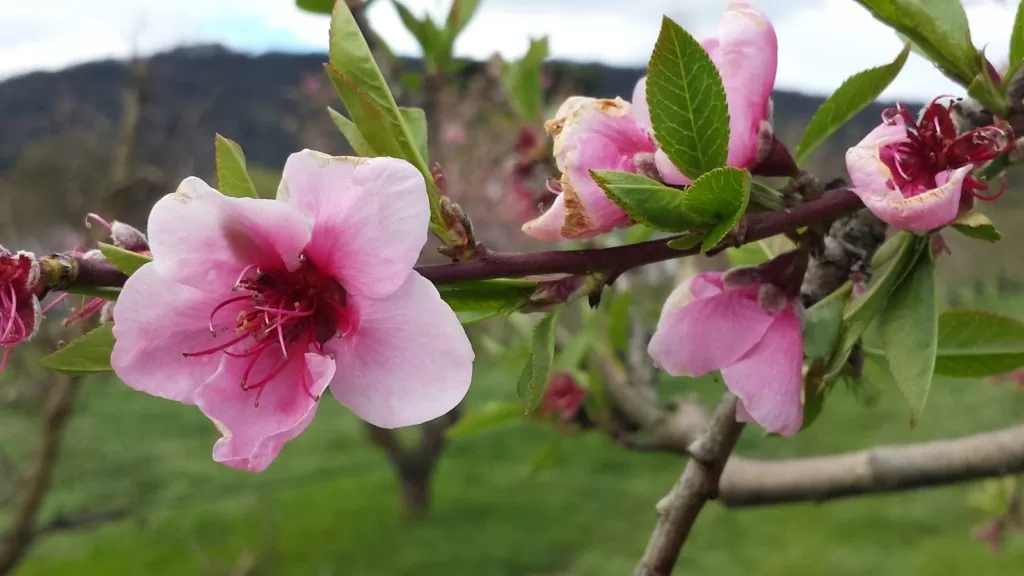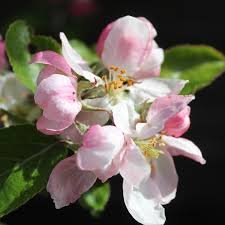1. Introduction
Fruitfulness and flowering are two fundamental aspects of fruit production. Fruitfulness refers to the ability of a plant to bear fruit, while flowering is a prerequisite to this process. The transition from vegetative to reproductive phase and the successful conversion of flowers into fruits depends on several internal and external factors. Understanding these factors is crucial for increasing yield, improving fruit quality, and ensuring sustainable fruit farming.
Summary of Fruitfulness inducing flowering in fruit plants
- Flowering marks the transition from vegetative to reproductive growth in fruit plants. It’s essential for fruit production, as no flowers mean no fruits. Factors like genetics, environment, nutrition, and hormonal balance influence flowering patterns.
- Methods to induce flowering include using plant growth regulators like gibberellins, applying water stress, selective pruning, and mechanical techniques like girdling. These approaches help in managing flowering time and improving fruit yield.
- Issues such as flower drop, poor pollination, unfruitfulness in certain cultivars, pest and disease pressures, and environmental stresses like unseasonal rains or frost can hinder successful flowering and fruit set, affecting overall productivity.
Table of Contents
2. Basics of Flowering in Fruit Plants

Definition of Flowering
Flowering is the process by which a plant develops flowers, which are the reproductive structures that eventually give rise to fruits. It marks the transition from the vegetative phase to the reproductive phase in a plant’s lifecycle.
Importance of Flowering in Fruit Production
Flowering is critical as it sets the stage for pollination, fertilization, and fruit development. Without adequate flowering, fruit production cannot take place.
Flower Morphology in Fruit Crops
Different fruit plants have varied flower types and structures. Some plants bear unisexual flowers, while others have bisexual ones. Understanding flower anatomy helps in managing pollination strategies effectively.
3. Factors Affecting Flowering and Fruitfulness
1. Genetic Factors
Each fruit plant species has a specific flowering pattern and fruiting behavior governed by its genetic makeup. Some varieties are more prolific than others.
2. Environmental Factors
Climate, temperature, humidity, and light intensity play a major role in regulating the flowering process. Sudden changes in weather can adversely affect flower development.
3. Nutritional Factors
Balanced nutrition, especially the availability of macro and micronutrients such as nitrogen, phosphorus, potassium, and boron, influences flowering and fruit set.
4. Hormonal Regulation
Plant hormones like auxins, gibberellins, cytokinins, and ethylene regulate flowering. The balance and interaction among these hormones affect both the initiation and duration of flowering.
5. Cultural Practices
Pruning, training, irrigation, and crop load management directly influence flower bud differentiation and subsequent fruit set.
4. Induction of Flowering in Fruit Plants
1. Natural Induction
Some fruit plants flower naturally due to changes in environmental conditions such as temperature drop or day-length variations.
2. Artificial Induction
Artificial methods are used to induce flowering in species that are shy bearers or in off-season production.
Use of Plant Growth Regulators (PGRs)
Spraying of chemicals like gibberellins, paclobutrazol, and ethrel helps in stimulating flowering.
Water Stress
Controlled water stress can help induce flowering in certain fruit crops like mango.
Pruning and Bud Thinning
Selective pruning helps redirect energy from vegetative to reproductive growth, promoting flowering.
Girdling and Notching
These are mechanical methods to restrict phloem flow, encouraging accumulation of carbohydrates and hormonal changes that induce flowering.
5. Flowering Period in Different Fruit Crops
1. Mango

Flowering in mango occurs during the winter-spring season. Factors such as cooler temperatures and dry spells favor bud differentiation.
2. Guava
Guava has two to three flowering seasons in a year, and the main flowering occurs during the rainy and spring seasons.
3. Citrus
Citrus fruits like oranges and lemons have distinct flowering seasons depending on the region and cultivar.
4. Banana
Banana flowers throughout the year in tropical climates, but flowering is more vigorous under warm and humid conditions.
5. Apple

Apple trees require a chilling period to break dormancy and initiate flowering in spring.
6. Fruit Set and Fruitfulness
1. Definition of Fruit Set
Fruit set is the process by which a fertilized flower develops into a fruit. This is influenced by pollination, fertilization, and embryo development.
2. Pollination Mechanisms
Pollination can be self, cross, or assisted. Pollinator availability and activity directly influence fruit set success.
3. Fertilization and Ovule Viability
Timely fertilization and viable ovules are necessary for good fruit set. Environmental stress can lead to ovule abortion and poor fruit set.
4. Role of Carbohydrate Reserves
Stored carbohydrates in leaves and stems support the energy needs during flowering and early fruit development.
5. Hormonal Control of Fruit Set
Plant hormones like auxins and gibberellins play a critical role in fruit set. Application of synthetic hormones can help in improving fruitfulness.
7. Techniques to Improve Fruitfulness
1. Hand Pollination
In crops with pollination issues, manual pollination increases fruit set.
2. Use of Attractants for Pollinators
Planting flowering species nearby or using attractants enhances the population of pollinators like bees.
3. Balanced Fertilization
Maintaining proper nutrient balance, especially phosphorus and boron, supports flowering and fruit set.
4. Growth Regulators
Application of specific PGRs enhances flowering and fruit development in crops like grapes, mango, and citrus.
5. Thinning Practices
Removing excess flowers or young fruits ensures better development of remaining fruits by minimizing competition.
8. Problems in Flowering and Fruitfulness
1. Flower Drop
Due to nutritional deficiency, hormonal imbalance, or environmental stress.
2. Poor Pollination
Lack of pollinators, adverse weather, or floral structure problems.
3. Unfruitfulness in Some Cultivars
Some cultivars are naturally shy bearers or require cross-pollination for fruiting.
4. Pest and Disease Pressure
Infestations during flowering stage reduce successful fruit set.
5. Environmental Stress
Unseasonal rains, frost, or high temperatures can damage flowers.
9. Conclusion
Flowering and fruitfulness in fruit plants are complex phenomena governed by genetic, environmental, and management factors. To achieve high yields and sustainable production, it is important to understand the physiology of flowering, monitor influencing factors, and adopt appropriate practices for flower induction and fruit set enhancement. Integrated approaches that combine nutrient management, use of PGRs, pruning techniques, and pollination strategies will ensure better productivity and fruit quality in orchards.
Frequently Asked Questions (FAQs)
What is fruitfulness in fruit plants?
Fruitfulness refers to a plant’s ability to produce flowers that can develop into fruits. It’s influenced by genetic factors, environmental conditions, and proper care.
How can flowering be induced in fruit plants?
Flowering can be induced through methods like applying plant growth regulators (e.g., gibberellins), controlled water stress, selective pruning, and mechanical techniques such as girdling.
What are common causes of poor fruit set?
Poor fruit set can result from inadequate pollination, hormonal imbalances, environmental stresses like drought or frost, and pest or disease infestations.
Why is phosphorus important during flowering?
Phosphorus is vital for flower bud formation and energy transfer within the plant. Deficiency can lead to poor flower development and reduced fruit yield.
Related Articles

